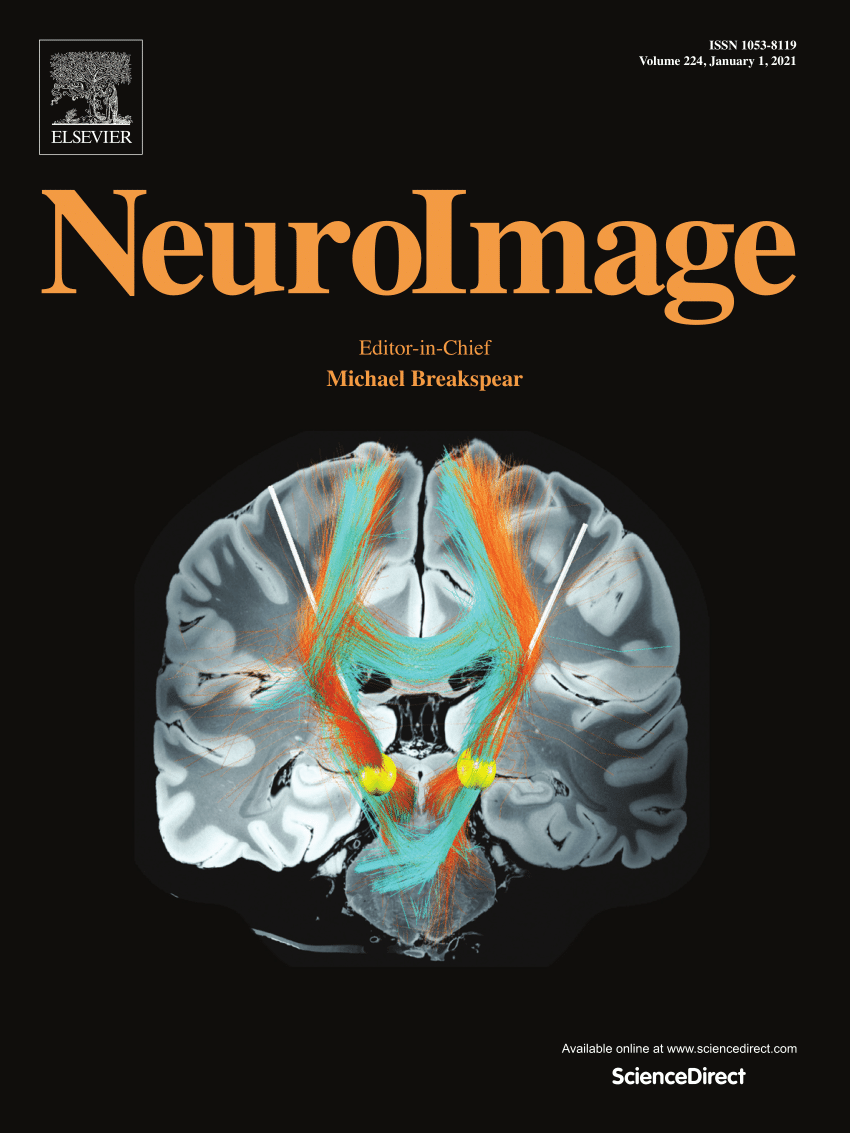Atypical hierarchical brain connectivity in autism: Insights from stepwise causal analysis using Liang information flow
IF 4.7
2区 医学
Q1 NEUROIMAGING
引用次数: 0
Abstract
Autism spectrum disorder (ASD) is associated with atypical brain connectivity, yet its hierarchical organization remains underexplored. In this study, we applied the Liang information flow method to analyze stepwise causal functional connectivity in ASD, offering a novel approach to understanding how different brain networks interact. Using resting-state fMRI data from ASD individuals and healthy controls, we observed significant alterations in both positive and negative causal connections across the ventral attention network, limbic network, frontal-parietal network, and default mode network. These disruptions were detected at multiple hierarchical levels, indicating changes in communication patterns across brain regions. By leveraging features of hierarchical causal connectivity, we achieved high classification accuracy between ASD and healthy individuals. Additionally, changes in network node degrees were found to correlate with ASD clinical symptoms, particularly social and communication behaviors. Our findings provide new insights into disrupted hierarchical brain connectivity in ASD and demonstrate the potential of this approach for distinguishing ASD from typical development.
求助全文
约1分钟内获得全文
求助全文
来源期刊

NeuroImage
医学-核医学
CiteScore
11.30
自引率
10.50%
发文量
809
审稿时长
63 days
期刊介绍:
NeuroImage, a Journal of Brain Function provides a vehicle for communicating important advances in acquiring, analyzing, and modelling neuroimaging data and in applying these techniques to the study of structure-function and brain-behavior relationships. Though the emphasis is on the macroscopic level of human brain organization, meso-and microscopic neuroimaging across all species will be considered if informative for understanding the aforementioned relationships.
 求助内容:
求助内容: 应助结果提醒方式:
应助结果提醒方式:


